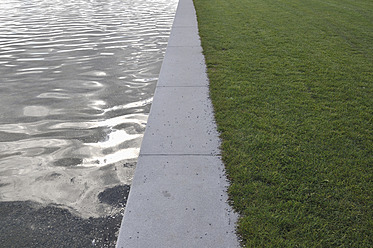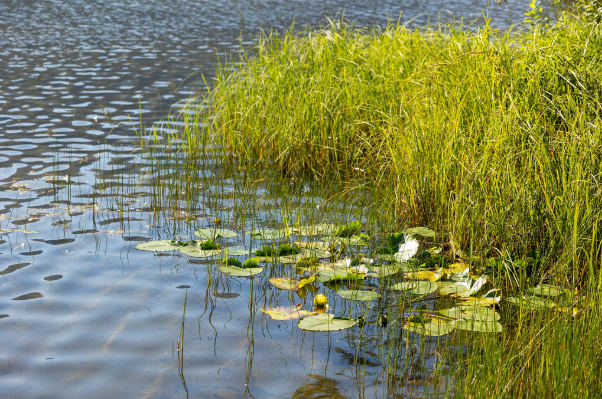Purpose of the Parks and Valley Trail Strategy
The Whistler Parks and Valley Trail Strategy will guide the future of Whistler's parks and Valley Trail over the next 10 years.
The Strategy guides how we engage, plan, prioritize, design and construct parks and Valley Trail projects. It will consider local and regional demographic forecasts, Smart Tourism principles, as well as local, regional, provincial and national park trends.
The Strategy will be founded on topics of climate change, ecological integrity and stewardship, equity, diversity and inclusion, First Nations reconciliation, ageing infrastructure, and current fiscal realities. The Strategy will define the direction, philosophy, policies, and actions and create a framework for future decisions.
Background
Whistler’s parks and Valley Trail system are a cornerstone of the Whistler experience. Many of the parks are in outstanding locations, have a full suite of typical park amenities, and they provide diverse outdoor recreation opportunities.
Visitation at municipal parks in the summer season has grown significantly in recent years, particularly at waterfront parks. This has been placing pressure on infrastructure and maintenance, as well as creating capacity and conflict issues.
In some of Whistler's parks, infrastructure is approaching the end of its lifespan, infrastructure technology and operational approaches have changed, and new parkland has been acquired. Additionally, the community’s demographic needs and perspectives on tourism have evolved since the parks were built over 30 years ago, and the municipality is faced with new financial realities.
With the Whistler resident and visitor populations growing and the needs of the community changing, the strategic planning of parks and trails has also changed including new programming opportunities and a shift to reinvestment over new development. As well, important context needs to be considered such as climate change, ecological integrity and stewardship, First Nations rights, title and stewardship of these lands since time immemorial, accessibility and inclusivity, active transportation, complete communities, refuge from tourism busyness, and the uniqueness of Whistler.
Current phase
We are seeking high-level feedback on the draft Vision, Guiding Principles, and supporting statements that will form the foundation of the Parks and Valley Trail Strategy. These elements reflect the concerns and aspirations of Whistler’s community and will guide the future of our parks and Valley Trail network over the next decade and beyond.
The final strategy will also include prioritized actions to support implementation. We are now launching the second round of public engagement to gather input and build support for the proposed Vision and draft Guiding Principles.
Share your ideas and insights to help shape the new Parks and Valley Trail (VT) strategy.
How to share your insights:
- Join us at the Add Your Voice event on Thursday, October 2, 5 to 7 p.m. at Whistler Conference Centre (COMPLETE)
- Take the Parks and Valley Trail Round 2 online survey (CLOSED)
Watch for upcoming input opportunities posted in the Pique Newsmagazine, Whistler This Week municipal e-newsletter, and social media channels.
Previous phases
Phase One
From June 4 to July 4, 2025, more than1,350 people participated in Phase 1 of engagement for Whistler’s new Parks and Valley Trail Strategy. Of those, 370 individuals shared their input through the online survey and the June 4 in-person Add Your Voice event at Nita Lake Lodge. Here’s what we heard.
Additional information
Decision-making
What decision inputs shape the final Plan?
- Parks planning best practices
- Operations and maintenance considerations
- Community input
- Council input
- Budget and funding
- RMOW Strategic Priorities
- First Nations Rights and Title
- Truth and Reconciliation
- RMOW internal expertise
- Legislation
- Smart Tourism
- Existing conditions, site constraints and geotechnical assessments
- Project timeframe
Whistler's Park Facts
How park spaces have evolved


Maximize unprogrammed lawn space to Balance programmed space and biodiversity


Purpose driven design to Comprehensive design


Impose on nature to Work with nature


Non-inclusive design to Accessibility




